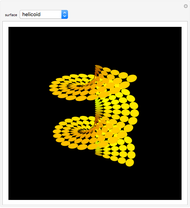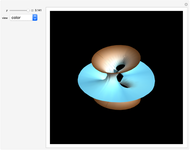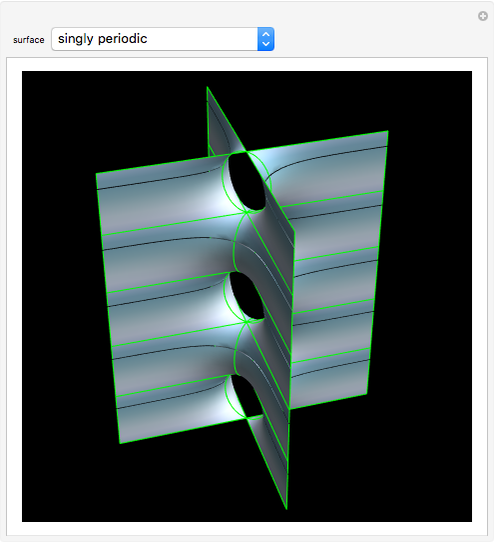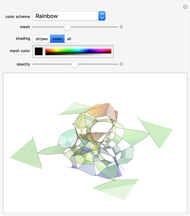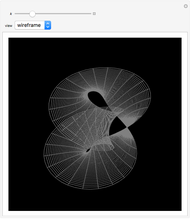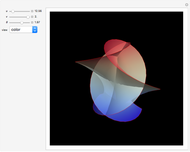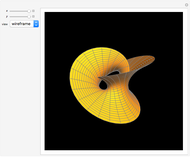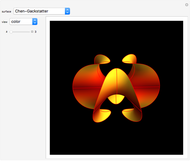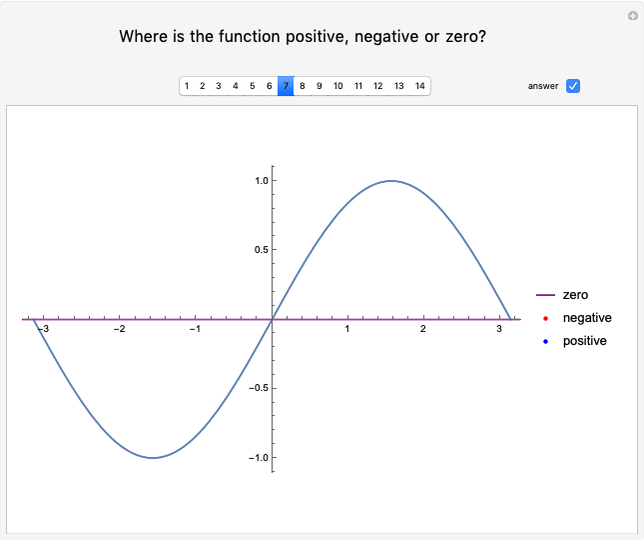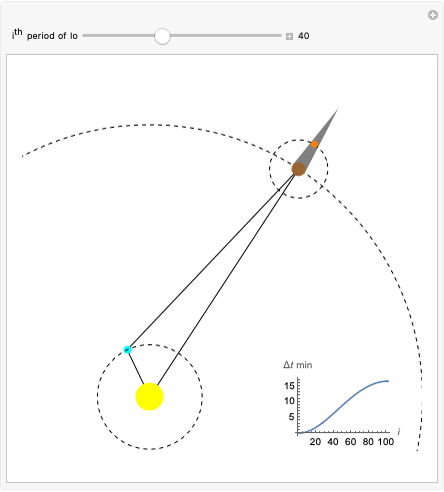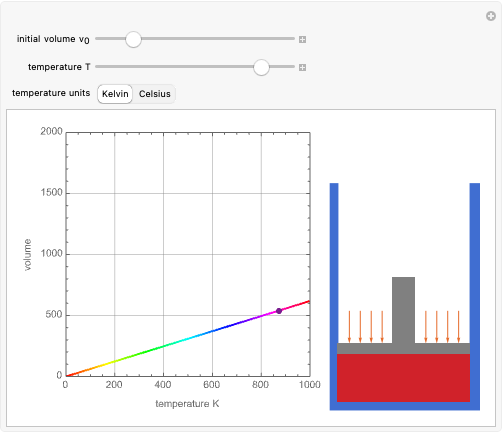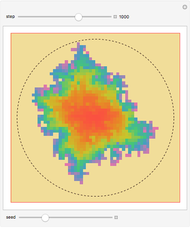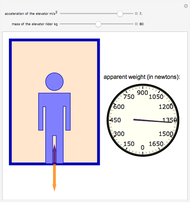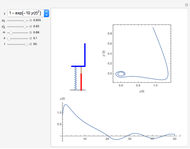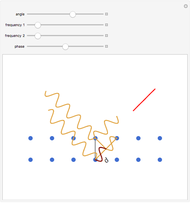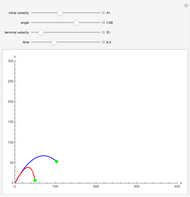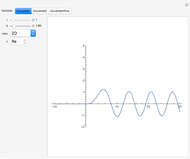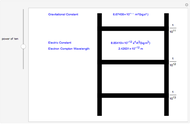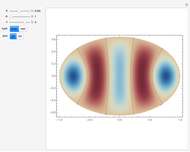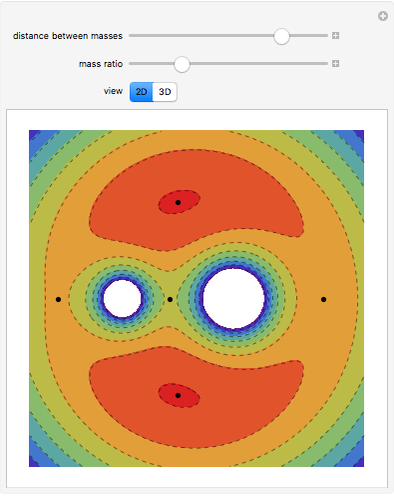Riemann's Minimal Surface

Requires a Wolfram Notebook System
Interact on desktop, mobile and cloud with the free Wolfram Player or other Wolfram Language products.
Riemann's minimal surface is a family of singly periodic embedded minimal surfaces discovered by Bernhard Riemann and published after his death in 1866. The surfaces have an infinite number of ends in parallel planes, foliated by horizontal circles, converging to helicoids or catenoids. The parametrization presented here is based on [1], using the Weierstrass representation, given in terms of elliptic functions.
[more]
Contributed by: Enrique Zeleny (June 2014)
Open content licensed under CC BY-NC-SA
Snapshots
Details
References
[1] F. Martín and J. Pérez, "Superficies Minimales Foliadas por Circunferencias: Los Ejemplos de Riemann," La Gaceta de la RSME, 6(3), 2003 pp. 571–596. dmle.cindoc.csic.es/pdf/GACETARSME_2003_ 06_ 3_ 02.pdf.
[2] E. A. Matsumoto, R. D. Kamien, and C. D. Santangelo, "Smectic Pores and Defect Cores." arxiv.org/pdf/1110.0664v1.
Permanent Citation






